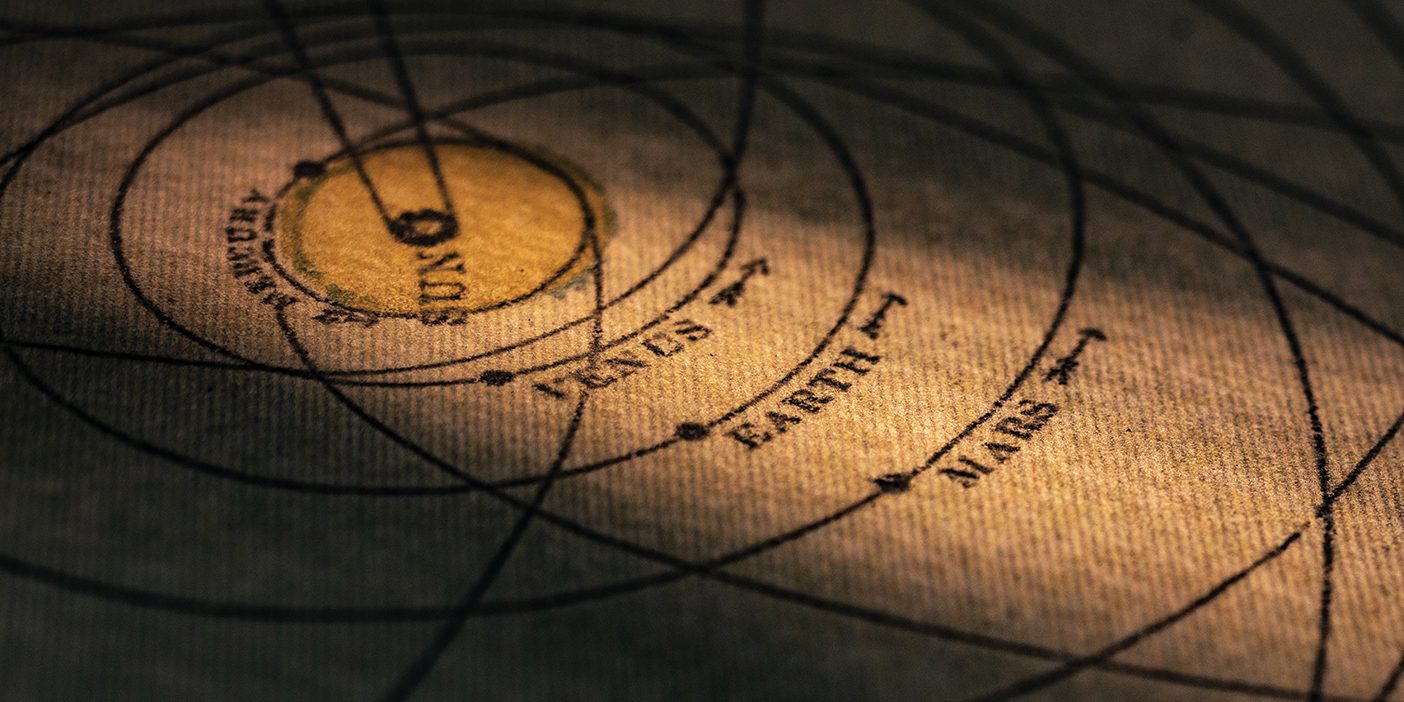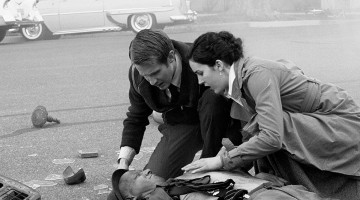By Michael Cook
Michael Handley, the resident lighting designer for BYU’s College of Fine Arts and Communications, sat at his desk and gave a sigh of relief. The 1997 Homecoming Spectacular was over. But for Handley, the show’s producer, there wasn’t much time to rest. Even as the sets were being taken down, the next Spectacular danced teasingly in Handley’s not-too-distant future.
Besides his production duties, Handley is the scenic and lighting designer for the Spectacular. Although the show runs only two nights each Homecoming season, he says he is constantly working on–or thinking about–its production. This year his thoughts are coming from the Deep South.
Homecoming Spectacular is an annual theatrical extravaganza that combines top campus performing groups in a talent showcase for alumni, leaders, and students of BYU. Its producers hope the audiences will see a seamless performance that flows magically from the stage.
Such magic, however, takes time, and Handley and his production team are already spinning magic to create a new Spectacular set for 1998. Sets for the autumn event have a three-year life cycle, with slight alterations made each year. The most recent set was retired after the 1997 Spectacular, initiating another cycle of production.
This fall the show will have a southern flavor, complete with Broadway musical selections and Dixieland jazz.
The large balcony on a southern plantation house is one of the multiple stage levels included in this year’s design, says Janielle Christensen, director of BYU’s Living Legends and the artistic director for the Spectacular. The varying levels will showcase performers in a manner allowing the audience an unobstructed view.
Handley and his team pay great attention to set details, many of which are left to Handley’s imagination. The notion of using southern architecture in a Spectacular set design has been brewing in Handley’s imagination for several years. A strong element of American musical heritage has come from the South, and he wanted to represent the roots of that music through the scenery.
“Sometimes ideas just fall into our laps,” Handley says. During one year’s Spectacular he and his crew made it rain on stage for a selection from Singing in the Rain–without getting a drop of water on the basketball floor.
Christensen and Handley look for themes for each Homecoming Spectacular as they weave the set, script, and performers together into an entertaining and exciting performance. The show also highlights each year’s Homecoming honorees.
Before the stars in the sky can sparkle and the stars on the stage can shine, however, there is plenty of work to be done. The set for 1998 has been designed; now the design must be realized, including fiber optic stars. One of the challenges is that the set has to be constructed to be easily and quickly assembled in the Marriott Center. Because of scheduling, the basketball arena must be transformed almost overnight into a fantastic theatrical venue. A normal production, Handley notes, would take weeks to set up; he and his crew of 40 to 50 students do it in a matter of days
“We have an army of people involved,” Handley says. The crew begins its setup on a Thursday. By Tuesday’s devotional–a Homecoming assembly–the lights, stage (a two-day project in and of itself), and decorations must be finished. “It sometimes makes for long nights,” says Handley. With technical rehearsals on Tuesday and Wednesday, a dress rehearsal on Thursday, and the show on Friday and Saturday, it also makes for a long week.
“A lot of times we feel as if we are flying by the seat of our pants,” Handley says. Even with all this planning, no one ever knows exactly what the set will look like until the crew assembles it, and how the show will come together until it is actually performed.
But that’s the thrill of the theater. “We can’t do retakes at the Marriott Center,” he jokes.
“The moment of magic occurs,” Handley says, “when we have 8,000 participants in the audience merging with the performers on stage, and the adrenaline is flowing, and there is energy between the two groups. Then we know we have achieved our goal.”









